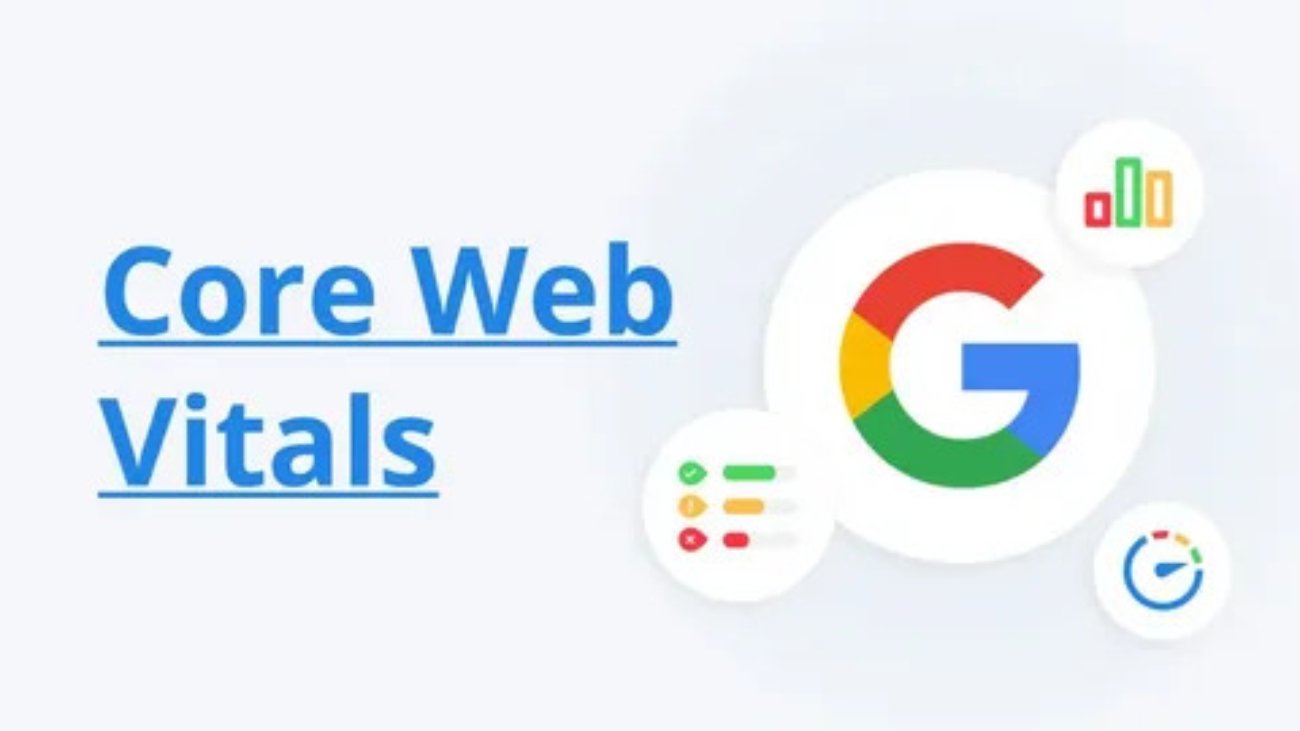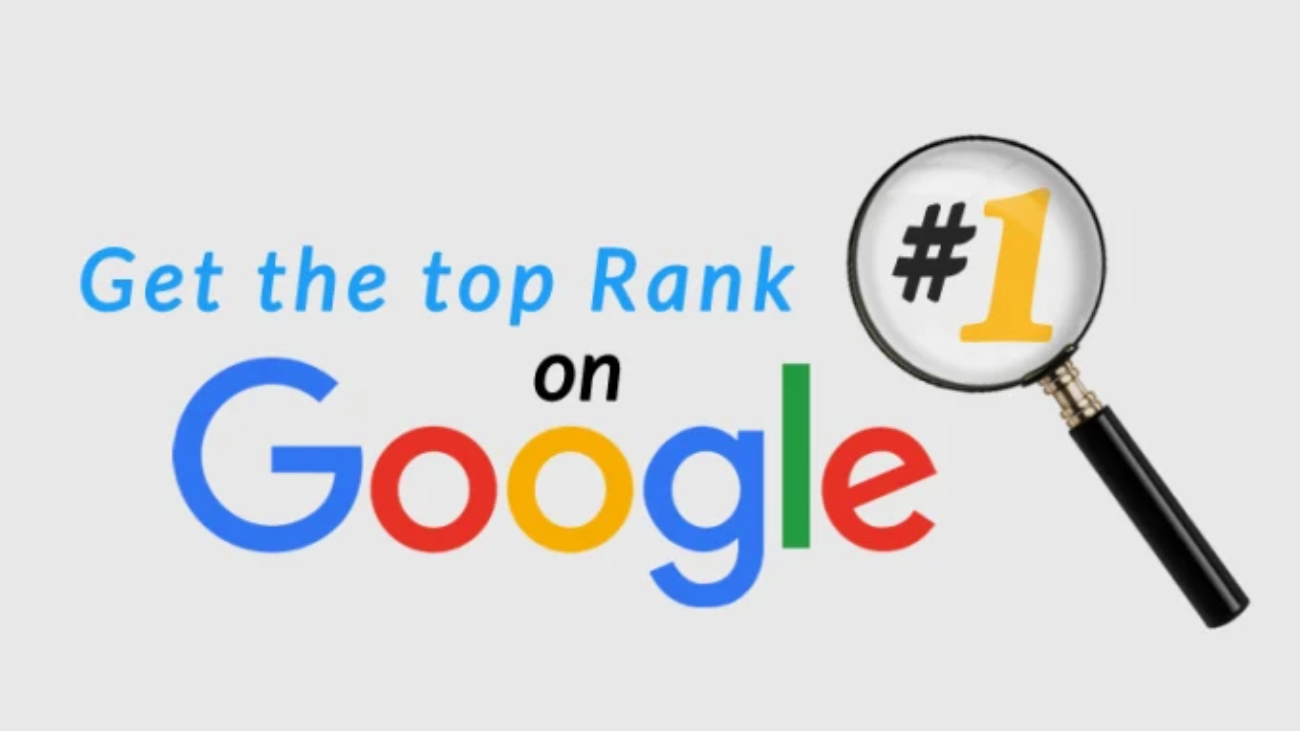Introduction
Why Core Web Vitals Matter for Interns in SEO
If you’re an intern stepping into the world of SEO, you’re probably hearing a lot about “Core Web Vitals.” But what are they? Why is Google so obsessed with them? And how do they impact your website’s ranking?
Let’s simplify this.
Core Web Vitals are performance metrics used by Google to measure user experience on your site. They focus on speed, responsiveness, and visual stability, and they directly influence your search engine rankings and user satisfaction.
Mastering Core Web Vitals isn’t just for developers anymore. As an SEO intern, understanding these metrics helps you communicate better with your team, identify issues, and optimize content strategy effectively.
🧠 What Are Core Web Vitals?
Core Web Vitals are a subset of Google’s Page Experience signals. They focus on three key metrics:
| Metric | Full Name | What It Measures |
|---|---|---|
| LCP | Largest Contentful Paint | Loading performance |
| FID | First Input Delay | Interactivity |
| CLS | Cumulative Layout Shift | Visual stability |
In 2024, FID is being replaced by INP (Interaction to Next Paint) to better represent real interactivity. Let’s break these down for you.
1️⃣ Largest Contentful Paint (LCP)
What It Is:
LCP measures how long it takes for the largest visible content (e.g., an image, banner, or heading) to render on the screen.
Good LCP: Under 2.5 seconds
Poor LCP: Over 4.0 seconds
Why It Matters:
If your site takes too long to load the main content, users will bounce. That’s bad for SEO and conversions.
Intern Tip:
Use Page-Speed Insights or Lighthouse to find your LCP and identify if large images, fonts, or scripts are slowing things down.
2️⃣ First Input Delay (FID) → Replaced by INP
What It Was:
FID tracked the time it took for a browser to respond to a user’s first interaction (like clicking a link or button).
Good FID: Under 100ms
But…
Google is replacing FID with INP because it provides a more complete picture of interactivity.
🔄 New Metric: Interaction to Next Paint (INP)
INP measures the latency of all interactions (not just the first) and how quickly the browser responds visually.
Good INP: Under 200ms
Poor INP: Over 500ms
Intern Tip:
Focus on reducing JavaScript bloat, lazy-loading content, and minimizing third-party scripts to improve INP.
3️⃣ Cumulative Layout Shift (CLS)
What It Is:
CLS measures how much the layout shifts while your site loads. Think about annoying moments when buttons move after you’ve tried clicking them.
Good CLS: Less than 0.1
Poor CLS: More than 0.25
Why It Matters:
It creates a poor user experience and can lead to accidental clicks, especially on mobile.
Intern Tip:
Always define image and ad dimensions in your CSS. Use tools like Chrome Dev-Tools to identify elements causing shifts.
Core Web Vitals – The Intern’s Easy Guide to Page Performance
Now that you know the basics of Core Web Vitals (LCP, INP, and CLS), let’s break down how to actually work with them as an SEO intern. We’ll go step-by-step, keep things simple, and focus on real things you can do even without coding.
🧩 Understanding the Metrics (In Simple Words)
✅ LCP – Largest Contentful Paint
What it means: How long it takes for the main content (like an image or big headline) to show up when someone visits the page.
Goal: Under 2.5 seconds.
Quick Fixes:
-
Compress large images
-
Use faster hosting or a CDN
-
Prioritize loading the important content first
✅ INP – Interaction to Next Paint
What it means: How fast the page responds when a user clicks, types, or interacts with it.
Goal: Below 200 milliseconds.
Quick Fixes:
-
Reduce big JavaScript files
-
Defer scripts that aren’t needed right away
-
Avoid heavy animations or unnecessary plugins
✅ CLS – Cumulative Layout Shift
What it means: Whether stuff jumps around on the page while loading.
Goal: Less than 0.1 shift.
Quick Fixes:
-
Always define image sizes
-
Don’t load ads or videos without a space holder
-
Keep your buttons and text in one place
👩💻 Intern-Friendly Steps to Improve Core Web Vitals
You don’t need to be a developer to improve Core Web Vitals. Here’s a 4-step process you can follow:
Step 1: Run a Page Test
Use free tools like Page Speed Insights or [Lighthouse in Chrome DevTools].
Step 2: Identify Issues
See which pages are slow or unstable. Focus on:
-
Large images (LCP)
-
Script delays (INP)
-
Layout shifts (CLS)
Step 3: Suggest Fixes to Your Team
Write down the problems and suggest solutions like:
-
“Image too large – try compressing it”
-
“No width on iframe – causing shift”
-
“Too many scripts – can we defer them?”
Step 4: Monitor the Results
After your team makes changes, test the page again. If the score improves, document it! That’s real-world impact for your portfolio.
🔧 Best Tools for Interns
Here are free tools you can use to check and improve Core Web Vitals:
| Tool | What It Does |
|---|---|
| PageSpeed Insights | Shows Core Web Vitals and suggestions |
| Lighthouse | Gives a full page audit in Chrome |
| Web Vitals Chrome Extension | Checks metrics as you browse |
| Search Console (CWV Report) | Shows how your site performs for real users |
📈 Real Example: Intern Improves Blog Speed
Meet Sana, an SEO intern at a local health blog.
She used PageSpeed Insights and found:
-
Slow LCP on mobile
-
Big hero images
-
Layout shifts from embedded videos
What she did:
-
Compressed the hero image
-
Added size attributes to videos
-
Suggested lazy-loading unused sections
Results:
-
Page load speed went from 6s to 2.2s
-
Bounce rate dropped by 30%
-
Organic traffic grew 18% in a month
Takeaway: Interns can make a big difference by fixing simple issues.
🌍 Core Web Vitals Across the World
If your website has international visitors, Core Web Vitals matter even more. A site that loads fast in the US might be slow in Asia or Europe.
Tips to improve global performance:
-
Use a CDN (Content Delivery Network) to load content from servers close to the user
-
Compress content using tools like Brotli or GZIP
-
Minimize scripts and optimize mobile layout for all devices
🚀 Intern-Friendly Performance Tips (No Coding)
| Task | What It Helps |
|---|---|
| Resize images | Better LCP |
| Add image width & height | Better CLS |
| Move scripts to bottom of page | Better INP |
| Use WebP format for images | Faster load |
| Avoid pop-ups | Better user experience |
Even small changes like these can make big SEO gains.
📊 Reporting Your SEO Wins
To show your impact, make a simple before-and-after report. Track:
-
LCP before and after (e.g., 5.2s → 2.3s)
-
INP improvement
-
CLS reduced
-
Bounce rate down
-
Organic visits up
You can even make a simple Google Data Studio dashboard to impress your manager.
📅 Weekly Core Web Vitals Checklist (For Interns)
| Day | Task |
|---|---|
| Monday | Run audit for top pages |
| Tuesday | Identify top 3 issues |
| Wednesday | Write improvement suggestions |
| Thursday | Share findings with dev or SEO team |
| Friday | Document progress, update scorecards |
🧠 Bonus Tips for Interns
-
Learn terms like TTFB, render-blocking, lazy load
-
Stay updated Google’s ranking systems change!
-
Follow performance blogs like web.dev and Search Engine Journal
🔮 What’s Next? The Future of Core Web Vitals
Google will continue evolving metrics. In the future:
-
INP will fully replace FID
-
AI tools might help you fix Web Vitals automatically
-
Google may use Core Web Vitals more heavily in ranking
So if you learn it now you’ll be ready before everyone else.
✅ Conclusion: You’re Now a Web Vitals Intern Pro!
Core Web Vitals aren’t just for tech teams. As an intern, you can:
-
Spot problems
-
Suggest fixes
-
Improve rankings
-
Measure performance
It’s a great way to learn technical SEO, improve real websites, and show your value in any team.
Your mission: Run your first PageSpeed audit today. Pick one page. Find one problem. Suggest one fix. That’s how you start.

